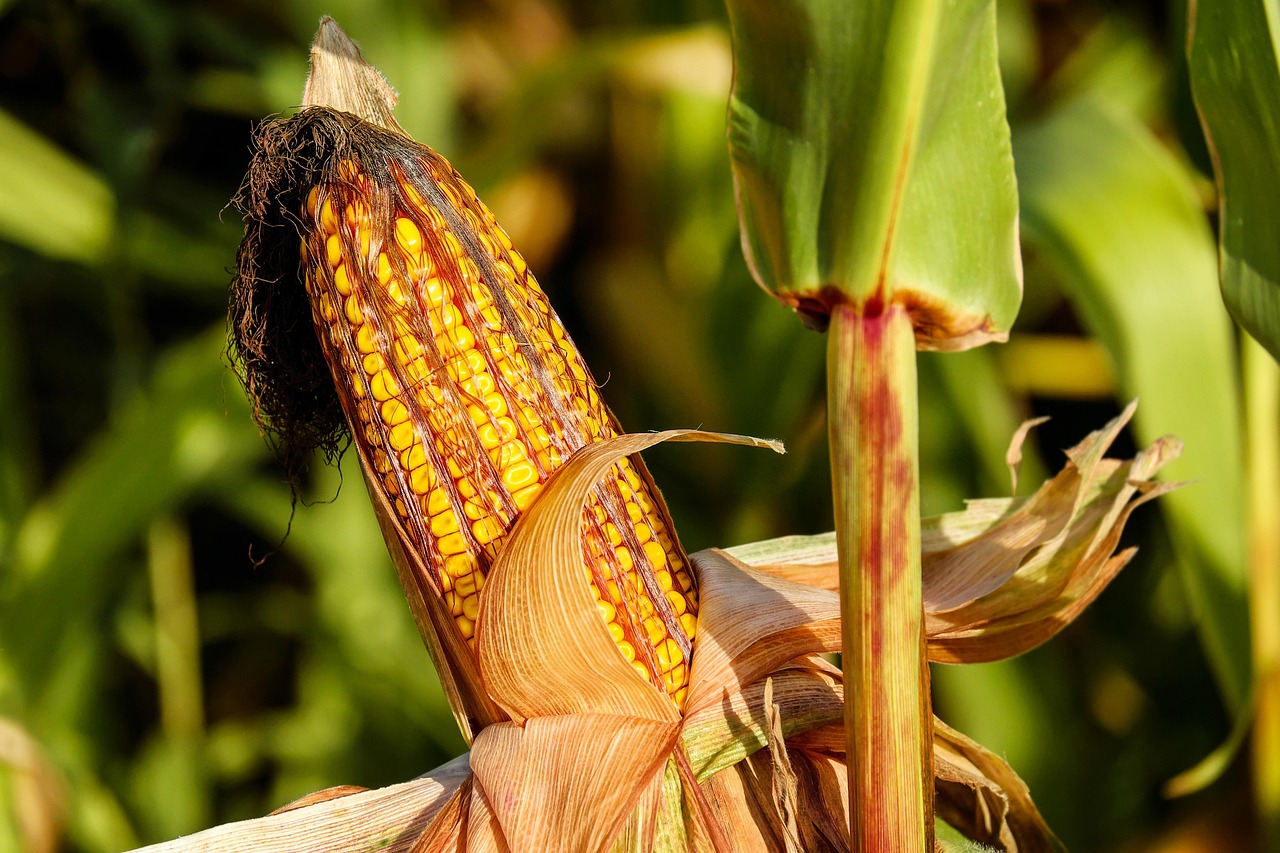The popularity of veganism and vegetarianism is growing as well as the interest in fashion and fashion accessories. There are still more people who prefer vegan cuisine, vegan shampoo or lipsticks. So why not to wear vegan leather?
Vegan leather, named as “artificial leather” or “synthetic leather”, is made of plastic-based materials, such as polyvinyl chloride or polyurethane. No animal products are used for production of vegan leather.
Vegan Leather Advantages
Previously, artificial leather was considered a cheap substitute for traditional leather. Today, vegan leather is taken as variable material using for production of handbags, belts, wallets, shoes, and anything else you’d typically find using leather. The main reasons for the emergence of synthetic leather, which often bravely imitate natural leather, include their greater variety of colors, textures, surface weights, as well as their thermal formability, resistance to microorganisms, lower cost and, last but not least, the fact that our leather whim it will not lose the possibility of the existence of another living being.
Combination of polyurethane (PU) with polyacrylate (PAN) offers the higher quality. It guarantees a very good mechanical-physical resistance of the leatherette and hence its high durability.
And What Is Ecological Impact?
The most common type of artificial leather is so-called layered leatherette. This is because it is made up of two layers. The first layer serves as s base material in the form of a fabric, knitted fabric or nonwoven fabric. The first layer is not particularly different from conventional textiles. It can be of any composition and structure and can therefore be completely ethical.
The second layer is then a combination of polymers to which the face or back of the underlying material is fixed. However, the second layer makes us very difficult in terms of ecology. The absolute first polymer used for leatherette was pure polyvinyl chloride (PVC). However, it proved to be not very suitable for these purposes. PVC is still used for artificial leather thanks to its low price. It is only supplemented with another polymer (usually polyacrylate.)
The ecologic impact of PE leather is comparable to traditional leather. The decomposition time of polyethylene is about 100 years, over 80 years of thick, chemically treated animal leather. PVC needs hundreds of years to get decomposed.
Source: greenmatters.com/p/what-is-vegan-leather
Credit: flickr.com/photos/ilovemypit/2182019478, pixabay.com, wikimedia.org






